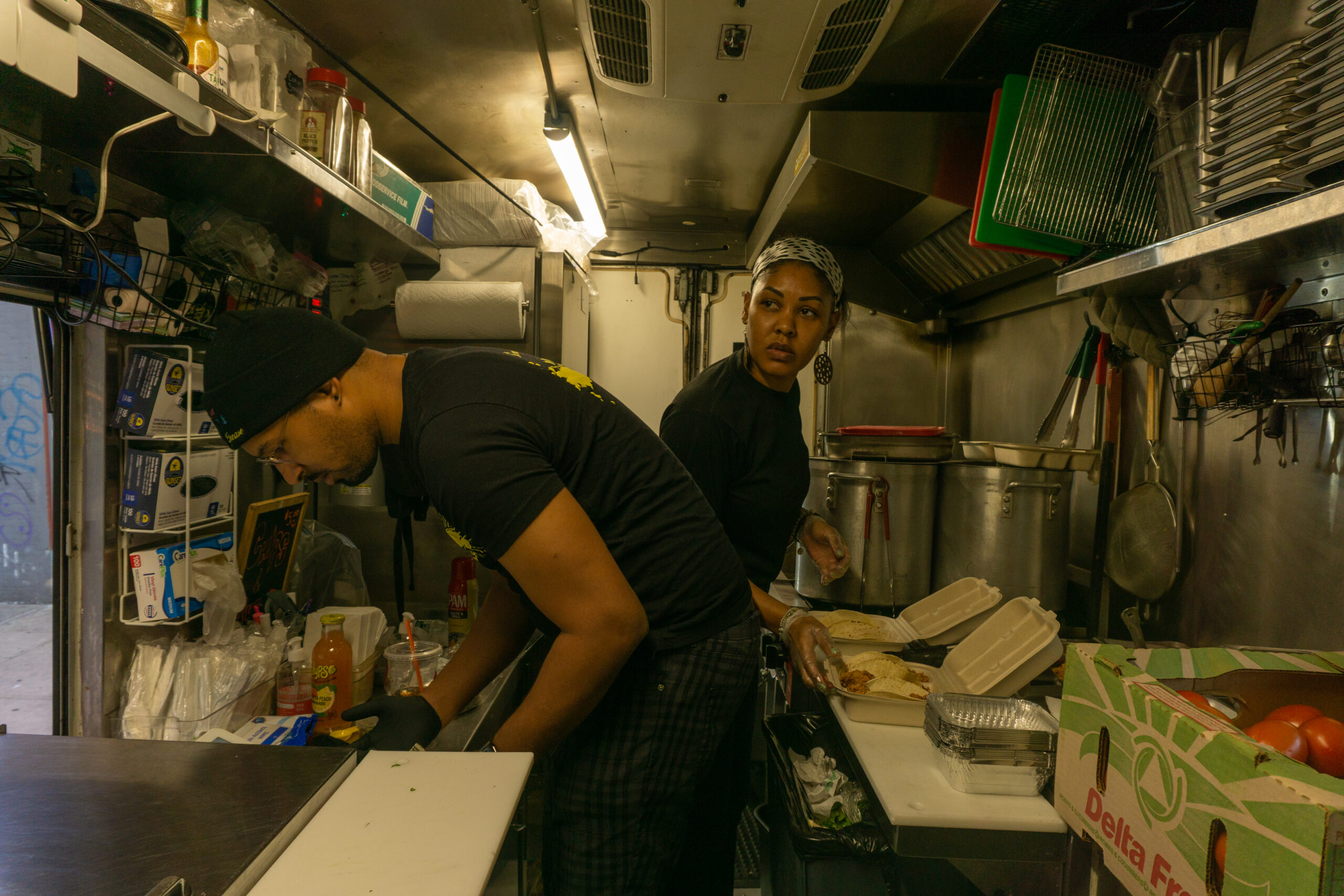Pilar Cuban Eatery’s owner Ricardo Barreras understands his Clinton Hill, Brooklyn, restaurant is part of a dying breed in the city. It is one of the last places serving authentic food and operated by the child of Cuban immigrants.
“I want to serve the best Cuban food in the city, which isn’t a big chore because the standard is pretty low,” Barreras said. “I knew there was a need for it.”
Maricel Presilla, the chief and owner of the pan-Latin Zafra restaurant in Hoboken, N.J., said genuine Cuban restaurants are rare and have been closing because there is no heir, in these mostly family businesses, willing to continue the tradition.
“There were a lot of people here that opened businesses and their children are not following,” said Presilla, who moved to the U.S. from Cuban in 1970. “There kids are going to school and moving up in the world.”
Presilla said the lack of authentic cuisine correlates with the lack of Cubans in the kitchen. She said most Cubans have relocated to Miami to be closer to family.
“It’s an endangered thing and its probably going to die out,” Presilla said. “It’s not a happy story, but it’s the reality of it.”
Some of the popular and traditional meals include ropa viega, a shredded skirt steak dish; arroz con pollo, a combination of rice and saffron chicken; and picadillo, a rice and bean plate with season ground beef.
Chinese-Cuban restaurants, once thrived in New York City, but have also seen a surge of closings. La Nueva Rampa on West 14th Street was the most recent one to close several months ago.
Mike Yip, the manager of La Candida 78 Restaurant on the Upper West Side, said his is the last Chinese-Cuban restaurant in the New York City area.
“They are closing because we don’t have a new generation coming over here from Cuba,” said Yip, 56, who moved to the U.S. in 1970. “After me, that’s it, and I’m old already.”
Kathleen Lopez, an associate professor in the department of history and Latino, Hispanic and Caribbean Studies at Rutgers University, said Chinese-Cuban restaurants suffer because there hasn’t been another flood of immigrants from the island in decades.
“They have been cut off since the last wave of migration,” said Lopez, who has a special interest in Chinese-Cuban history and Chinese migration to Cuba. “And the second and third generations don’t want to take over the restaurants.”
Lopez said the last wave of Chinese immigrants from Cuba arrived in the U.S. after 1959 when small businesses were nationalized. She said most owned bodegas and laundromats and settled in Miami, New York City and Union City.
Yip agreed that the menial number of Cubans coming to the U.S. has stunted the growth of authentic Cuban and Chinese-Cuban restaurants in New York City.
“We keep doing it the same way, like my grandfather did in Cuba,” Yip said. “But one of these days I think it will be gone.”


Comments
[…] Read more here LikeBe the first to like this post. […]